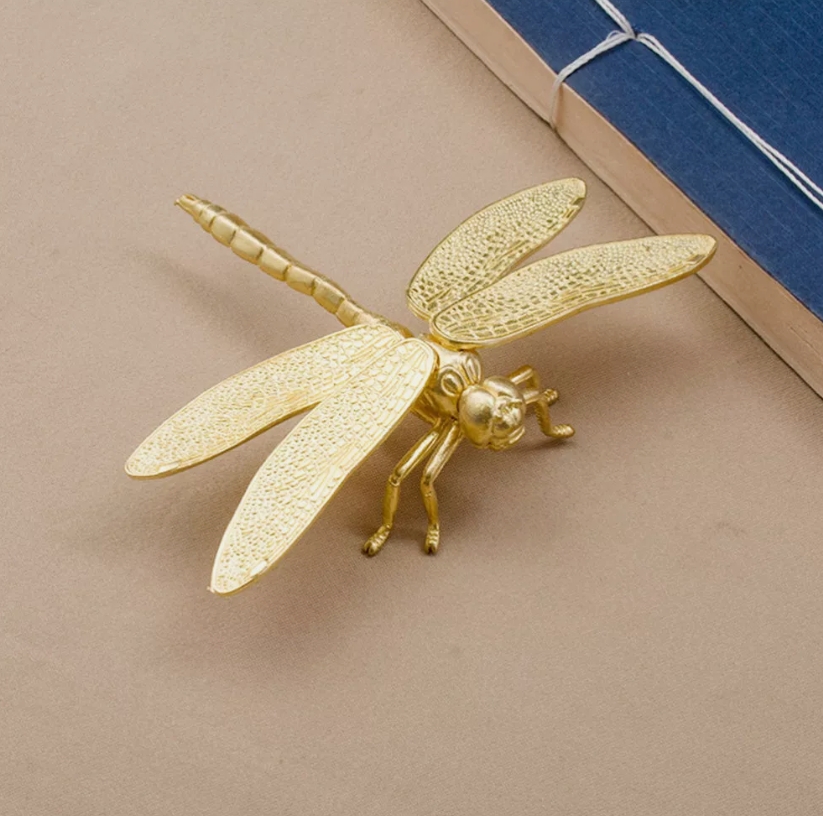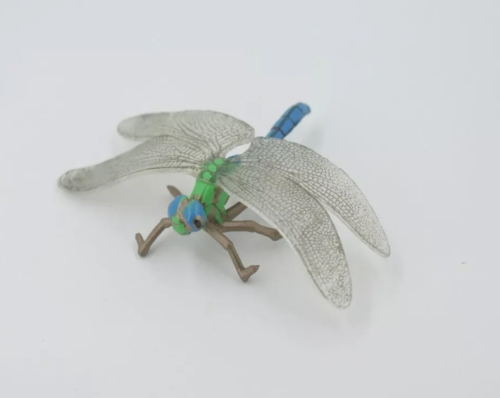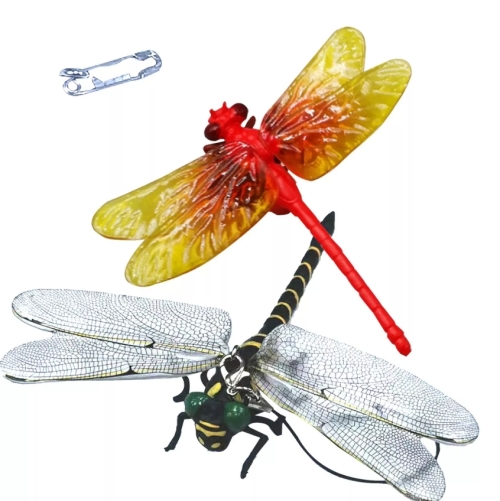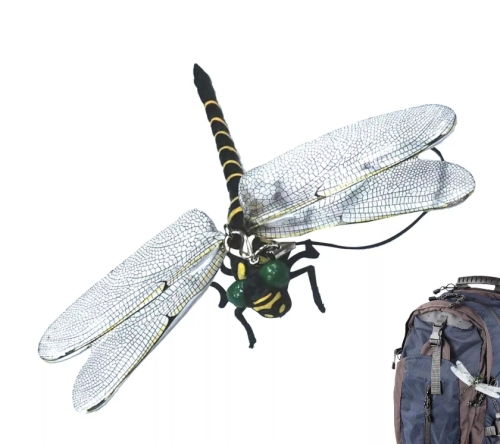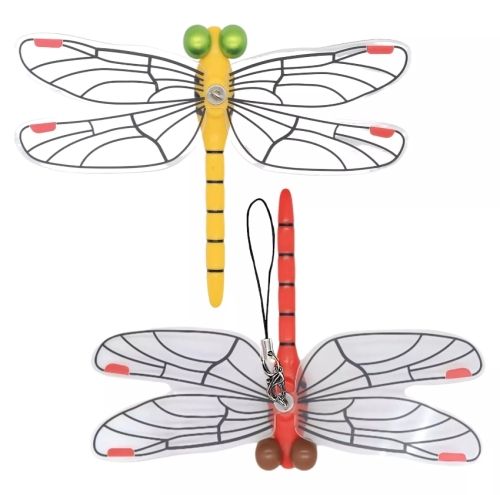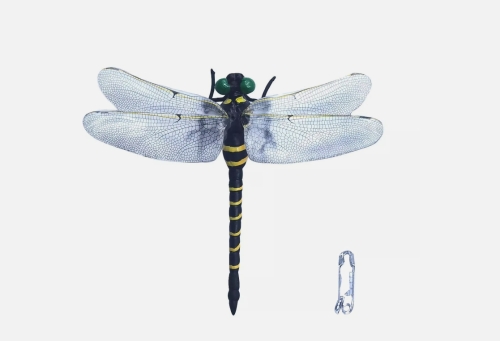Dragonfly modeling is an important research tool in the field of bioengineering and artificial intelligence, drawing on the structure and function of the insect dragonfly to explore and design new systems and procedures. Dragonflies are known for their elegant flight and flexible hunting strategies, and scientists have developed a new model for solving complex problems by studying the physiological characteristics and behavioral patterns of dragonflies.
The core of the dragonfly model is its high adaptability and versatility to the environment. Dragonflies can quickly change direction, hover and dive through the air, a flexibility that gives them a significant advantage when it comes to catching prey. When applying this flight strategy to algorithm design, the dragonfly model enables researchers to create efficient decision support systems and optimization algorithms. These systems are able to rapidly process and analyze information in the face of a large number of variables and provide optimal solutions.
In robotics, the inspiration of dragonfly model also brings new design ideas. By simulating the movement patterns of dragonflies, engineers can design drones with greater flexibility and stability. These drones are not only able to navigate complex environments, but also carry out accurate monitoring and data collection, which are widely used in agriculture, environmental monitoring and disaster relief.
Dragonfly models are also being used in bio-inspired materials science. The unique structure of dragonfly wings makes them extremely strong and lightweight, and researchers are trying to replicate this biological property to develop new types of lightweight materials. These materials have important application value in aerospace, automobile manufacturing and other industries.

